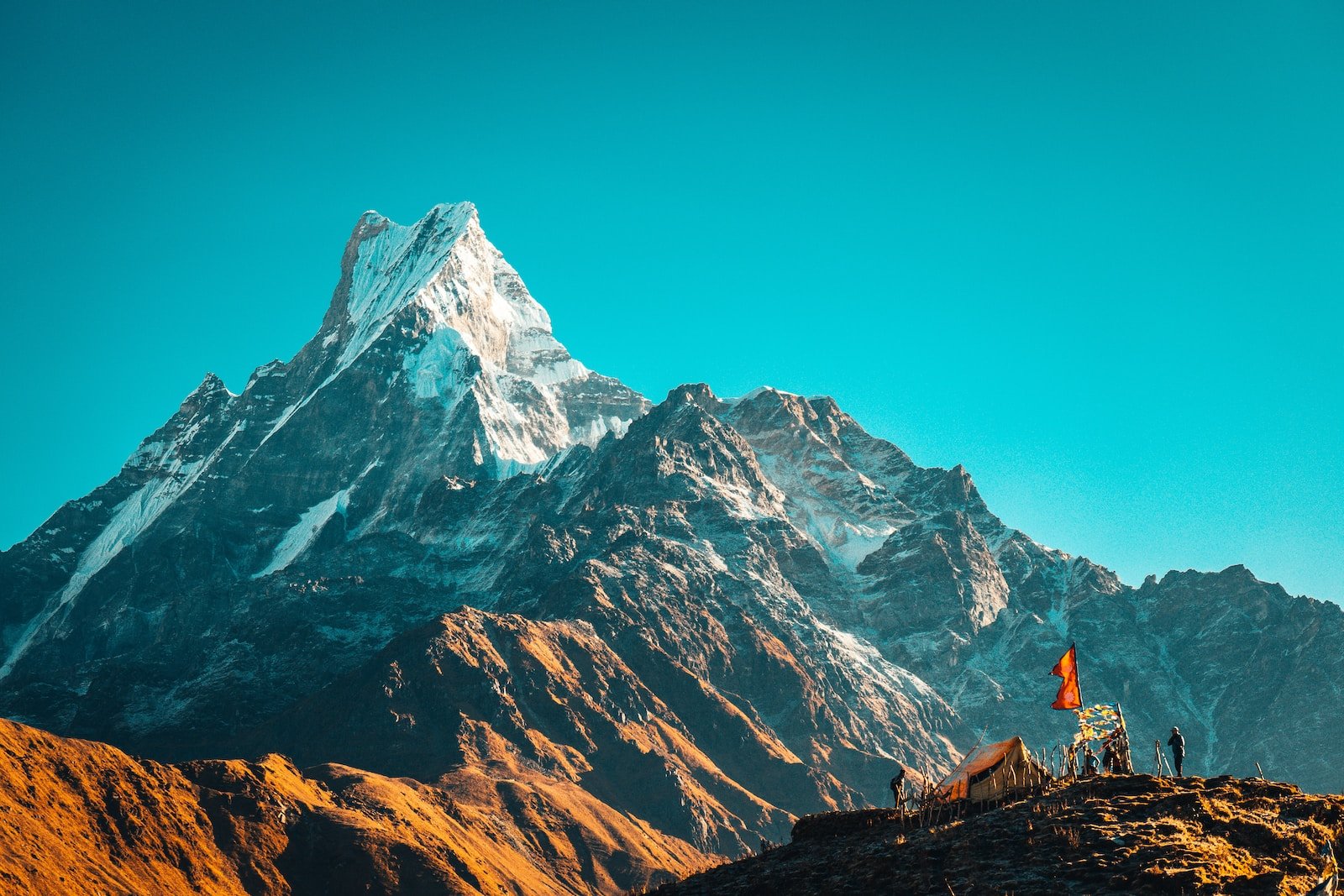Thangka paintings, the intricate Tibetan Buddhist artworks on cotton or silk appliqué, are more than just visual masterpieces. They are a gateway to understanding the enigmatic essence of the Xizang Autonomous Region in Southwest China and its surrounding areas. These paintings, embedded with profound cultural and spiritual significance, encapsulate the mystery and allure of Tibetan culture.
The legendary figure Songtsen Gampo, a perennial icon in Tibetan culture, is often depicted or alluded to in thangkas. According to folklore, the genesis of thangka painting is linked to a serendipitous event involving Songtsen Gampo. It’s said that while experiencing a nosebleed, he used his blood to paint an image of Palden Lhamo, a revered protective deity in Tibetan Buddhism, on a cloth. This act, as per historical records, is considered a pivotal moment in the origin of thangka painting, recognized by scholars in the academic community.
Thangka paintings are not just about artistry; they embody the miraculous fusion of creativity and resilience. In the challenging high-altitude, oxygen-scarce environment of Xizang, with its snowy landscapes, the Tibetan people have created a form of art that is as vivid and colorful as it is spiritually meaningful.
Traditionally, every household in Xizang treasured a thangka. The process of unrolling a thangka scroll to reveal the teachings of Shakyamuni or other religious imagery is a ritual in itself. These scroll paintings, known as thangka, tangka, or tankha, are named for their rollable nature – a feature born out of the nomadic lifestyle of many Tibetans who followed water and pastures for their pastoral livelihoods.
As portable works of art, thangka paintings have traveled with families for generations. Whether displayed in a simple tent or a temporary dwelling, unfurling a thangka is akin to raising a cultural and spiritual banner. The themes of these paintings cover various aspects of Tibetan life, including history, politics, culture, and social customs, with many works related to Tibetan Buddhism and the Bon religion.
Authentic thangkas are irreplaceable, each depicting a sacred world with bright, enduring colors. Traditional pigments include precious minerals like gold, silver, pearls, agate, coral, turquoise, malachite, and cinnabar, as well as organic materials like saffron, rhubarb, and indigo. These natural ingredients ensure that thangka colors remain vivid and dazzling for centuries.
The creation of a traditional thangka is a rigorous process, adhering to strict guidelines and rituals. From pre-painting ceremonies and canvas preparation to composition drafting, coloring, outlining, gilding, eye-opening ceremonies, sewing, and consecration, the process can take anywhere from six months to over a decade.
Thangka paintings are more than just aesthetically pleasing; they serve as mind maps for self-improvement and introspection. Before an artist begins painting, they must thoroughly understand precise measurements and symbolism, each correlating to specific scriptural teachings. The meticulousness of thangka creation is a testament to its deep cultural and spiritual significance.
Celebrated as a precious gem in Chinese ethnic painting, thangkas are often referred to as the “encyclopedia” of Tibetan art and are a valued part of Chinese intangible cultural heritage. In the modern internet era, the appreciation, collection, and exchange of thangka techniques remain popular among Tibet’s younger generation. Thangkas are not just seen as expensive decorations or historical illustrations; they embody a deeper spirit of life, resonating profoundly with those who encounter them.
READ MORE:
